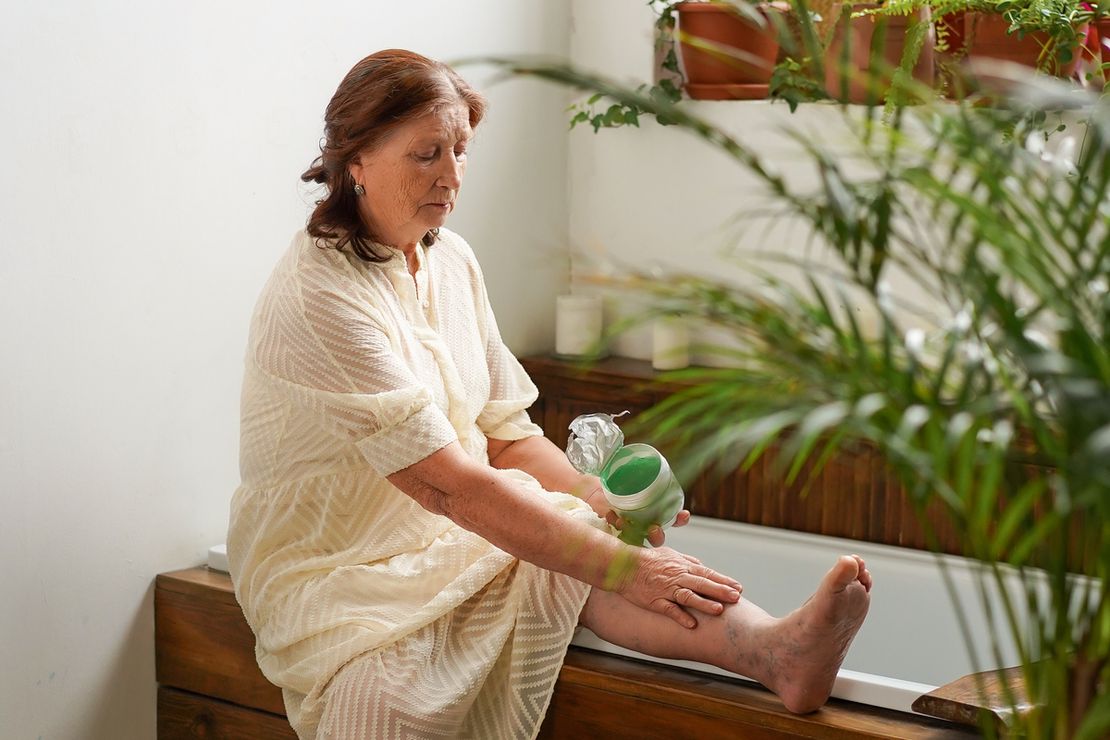Diabetic foot is a serious complication seen in diabetes patients. In this article, we will provide detailed information about why and how diabetic foot occurs, what its symptoms are and how it can be prevented.
You can read our article What Happens When Diabetes Affects the Feet? to get basic information about diabetic foot.
What is Diabetic Foot and How Does It Develop?
Diabetic foot is a serious complication that occurs in individuals with diabetes (diabetes). Diabetic foot cases are increasing in Istanbul and throughout Turkey. This condition develops as a combination of factors such as insufficient blood circulation (peripheral artery disease) and nerve damage (neuropathy). Istanbul diabetic foot experts emphasize the importance of early diagnosis and treatment methods of this complication.
What are Diabetic Foot Symptoms?
Diabetic foot symptoms usually appear gradually and include:
- Loss of sensation in feet: The most common among diabetic foot symptoms is tingling, burning or complete loss of sensation in the feet
- Changes in foot skin: Dry, cracked or thickened skin
- Changes in foot shape: Flattening of the foot arch or curvature in the toes
- Slow healing of wounds: Small cuts or wounds taking longer than normal to heal
- Color changes in foot: Redness, blueness or pallor in the feet
Causes and Development Process of Diabetic Foot
1. Insufficient Blood Circulation (Peripheral Artery Disease)
Diabetes can cause problems in the circulatory system by damaging blood vessels. Factors such as high blood sugar levels, hardening of arteries (atherosclerosis) and clotting disorders can block blood flow. This condition is particularly evident in the feet because these areas are the farthest points from the heart. Research conducted in Istanbul diabetic foot centers shows that circulation problems are the main factor in diabetic foot development.
2. Nerve Damage (Diabetic Neuropathy)
Diabetes can lead to neuropathy that causes nerve damage. Nerve damage can cause loss of sensation and sensory disorders in the feet. This condition is the most dangerous among diabetic foot symptoms because the patient may not notice foot wounds. Diabetic foot Istanbul experts state that early diagnosis of neuropathy is critical.
3. Foot Deformities
Diabetic foot development can also occur due to deformities in the feet. Problems such as stiffness in foot joints, bone protrusions (foot deformities), ingrown nails can lead to friction and pressure points in the feet, causing wounds. These deformities are common conditions among diabetic foot symptoms.
4. Increased Risk of Wound Infection
Diabetic foot wounds increase the risk of infection. High blood sugar levels can cause weakening of the immune system and decreased resistance to infections. When there is no good circulation, infected wounds heal more slowly and can lead to serious complications. In Istanbul diabetic foot treatment centers, infection control is one of the priority issues.
5. Deficiencies in Foot Care
Another factor affecting diabetic foot development is the lack of regular and proper foot care. Diabetes patients should check their feet daily, distinguish between moist and dry areas, wear appropriate shoes and regularly cut or care for their foot nails. Inadequate or incorrect foot care increases the risk of injury.
Diabetic Foot Prevention Methods
Daily Foot Control
- Check your feet every day
- Look for cuts, cracks, redness or swelling
- Examine your foot soles using a mirror
Appropriate Shoe Selection
- Prefer comfortable, breathable shoes
- Choose wide-toed shoes that don’t squeeze your toes
- Get used to new shoes by wearing them for short periods
Blood Sugar Control
- Take regular blood sugar measurements
- Follow the diet and medication plan recommended by your doctor
- Exercise regularly
Diabetic Foot Treatment in Istanbul
Istanbul diabetic foot centers serve with modern treatment methods and expert staff. Diabetic foot Istanbul experts develop personalized treatment plans for each patient’s condition. Treatment options include:
- Wound Care: Special dressing techniques and modern wound care products
- Infection Treatment: Antibiotic treatment and surgical intervention when necessary
- Circulation Improvement: Vascular surgery and endovascular treatments
- Orthopedic Interventions: Correction of foot deformities
Frequently Asked Questions
Why does diabetic foot occur?
Diabetic foot occurs as a result of nerve damage and circulatory disorders caused by high blood sugar levels.
Can diabetic foot be prevented?
Yes, it can be prevented with regular blood sugar control, foot care and appropriate shoe usage.
When should I go to the doctor for diabetic foot symptoms?
You should consult a doctor immediately when you notice numbness, burning, wounds or color changes in your feet.
How long does diabetic foot treatment last?
Treatment duration varies according to the patient’s condition, usually lasts 3-6 months.
Conclusion and Expert Support
Diabetic foot is an important health problem that can lead to serious consequences. It is important for diabetes patients to go to regular doctor checkups, control their blood sugar levels and perform appropriate foot care. When diabetic foot symptoms are detected, it is critical to consult a health expert without delay.
Diabetic foot treatment centers specialized in Istanbul serve their patients with modern treatment methods. With early diagnosis, treatment and prevention, diabetic foot complications can be significantly reduced or prevented. In case of any problem or suspicion related to diabetic foot, it is important to consult Istanbul diabetic foot experts.
Being conscious about diabetic foot symptoms and having regular checkups is the most effective method in preventing this serious complication. Remember that early intervention in diabetic foot treatment significantly increases the chance of success.
You may be interested in: For more information about diabetic foot treatment, you can read our articles on diabetic foot wound dressing and diabetic foot surgery. You can also visit our page for detailed information about our treatment methods.
You can get information from Prof. Dr. Aytaç Çetinkaya for more information.




